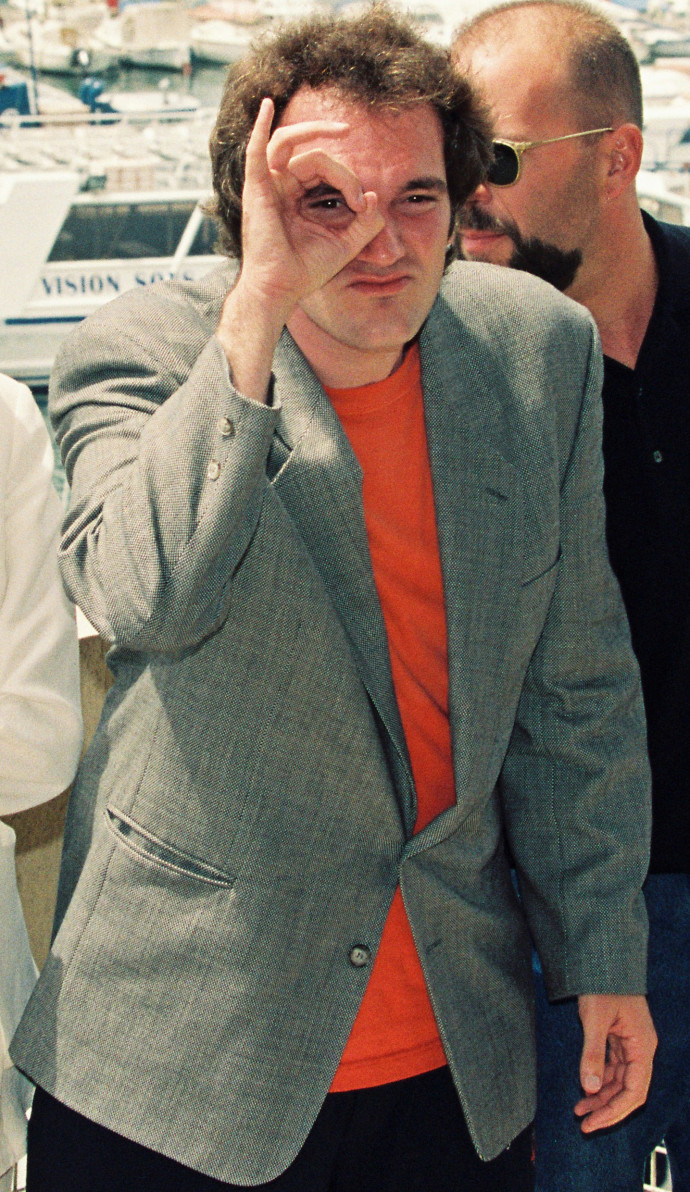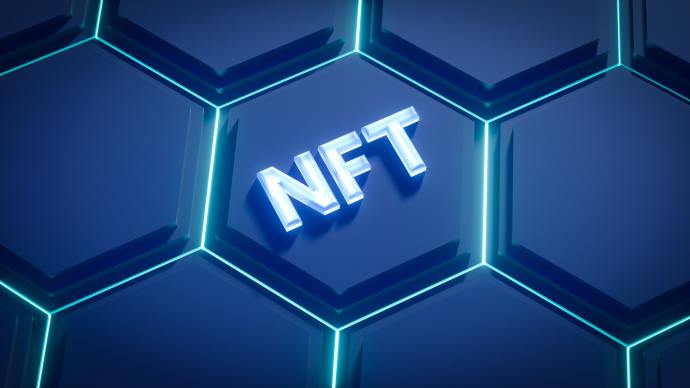‘One of the primary concerns about the NFT market is that it serves as a tool for money laundering and terrorist financing,” says Michal Luzzatto, managing partner of the Luzzatto Law Firm, specializing in copyright law.
“Before we dive into the complex world of NFT, we must first understand what it is. NFT is an acronym for a non-fungible token and is an irreplaceable digital token. It is based on blockchain technology, similar to the distributed currencies with which we are familiar, such as Bitcoin and the like,” explains Luzzatto. “However, unlike those currencies, the NFT cannot be exchanged for another currency identical to it, because each NFT is unique.
“The NFT market is growing at a dizzying pace, and huge sums of money are traded in it,” she adds, “and it is a money-laundering paradise, which attracts the attention of less desirable parties. This is because the value of the assets is determined by the parties in the transaction instead of an objective index in the market. In the art world, for example, the artist may decide that a photograph of a banana is worth $20 million, and he can set the price as he sees fit.
“With NFT, one party can buy the property with money obtained by criminal means, and launder it through the sale, without having a regulator who oversees the transaction, or an intermediary.”
Luzzatto says the first known NFT was created in 2014 by digital artist Kevin McCoy and tech entrepreneur Anil Dash. The piece, titled “Quantum,” consists of a video featuring an octagon that changes colors. In October 2015, the first NFT project was launched under the name “Etheria.” A special cryptocurrency was also launched three months later, but the term “NFT” was recognized as a standard currency only in 2017. Luzzatto says 2020 was a turning point, and NFT market values reached astronomical levels in 2021.
After graduating with honors from the Interdisciplinary Center Herzliya in 2010, earning bachelor of business administration and bachelor of laws degrees, Michal joined Luthi+ Co. as an intern in intellectual property and litigation.
After passing the bar exams, Michal joined the Luzzatto Group and currently heads the Luzzatto Law Firm, established 153 years ago as a law firm specializing in intellectual property. As a photographer and artist herself, Luzzatto is well aware of the importance of promoting the protection of intellectual property rights. Her main areas of practice also include communications law and Internet law.
“The primary use of an NFT is to mark digital assets to prove the originality and ownership of the asset. It is similar to a certificate of authenticity obtained in the purchase of works of art in the physical world,” she explains.
“An example of the use of NFTs in the digital art world can be seen in the well-known work Everydays: The First 5000 Days, by artist Mike Winkelmann, known as ‘Beeple,’ consisting of 5,000 works created over 5,000 days. This work sold for close to $70m. While copies of different sizes and qualities of the work can be found on the Internet, only the NFT can indicate who owns the original copy purchased from the artist.
“Selling digital works is fundamentally different from selling physical works. There is a significant difference in quality between an original painting and a print or a copy of it,” explains Luzzatto. “The NFT blurs the boundaries between the physical and digital world and has additional consequences in other areas, such as real estate and advertising. For example, in the financial field, it can be used in the insurance industry to prevent fraud, and in the real estate field, it can be used as a deed of ownership of a physical property.
“The benefits of NFTs, beyond their uniqueness in marking digital assets or ownership of physical assets such as apartments, lie in their ability to enable real-time ownership identification and provide transaction history. Additionally, the NFT is a ‘smart’ contract that contains specific provisions that apply automatically and independently.
“An example of this is the distribution of royalties,” she states. “For example, an artist who sold an NFT work for $10,000 could code an instruction into the NFT so that he would be entitled to royalties of a certain percentage of the transaction, which would automatically take place each time the work was sold. This eliminates the need for agents, brokers or investing in enforcement to back up the funds. It is very significant, and that is one of the reasons many artists are attracted to this market.”
Playing with NFT
The new economic model created around NFTs has penetrated the digital gaming world in recent years, and the industry seems to be moving to a platform based on cryptocurrencies.
“Until now, many games used the game’s coins, as their value depends on the game’s popularity and can only be used to acquire assets within the game world,” explains Luzzatto. “In the new world, control passes to the players, and the same assets that they buy do not necessarily belong only to a specific game world, to the company that developed the game, but are in their digital wallet, and they can trade those assets outside as well.
“That means even if the company decides to close the game, players are left with assets worth money that can be used or traded. Fashion companies also recognize the trend, and we are seeing large companies starting to enter the NFT world to offer digital clothing to avatars.
“It also has drawbacks,” she says, slightly tempering the enthusiasm. “One of the most important decisions companies have to make is whether to issue private virtual currency or use existing currencies. Many companies issue new currency to maximize platform use under a new model called ‘Play to earn.’ The ones who benefit in this case are the players who hold their own assets and the gaming companies whose currency value will go up on the crypto exchange.
“It may sound like an opportunity for an open market, but in practice, it seems more like an episode of ‘Black Mirror.’ Financially well-off sources, sometimes gaming companies, pay players, often in weaker countries, to play the game intensively. They set up ‘players’ farms’ to increase the currency’s value. In addition, it is not certain that the model itself will last, because if the value of the currency skyrockets, there will be no one left who can afford to buy it.”
Another problem in the NFT world is the fear of forgeries on the Internet, paradoxical as it seems, given that one of the benefits that the NFT boasts is its reliability.
“Anyone can embed a painting or any digital work as an NFT and offer it for sale, even if the work does not belong to them, which is a blatant violation of the law,” says Luzzatto. “This is one of the reasons that one of the popular trading platforms for NFT, OpenSea, caused a stir when it announced that it would limit users to 50 free NFTs, after it was found that 80% of the NFT works uploaded there were counterfeit or stolen. After a public outcry, the platform eventually changed its mind and announced that it was working on solutions to make trading in this market more reliable and secure. But right now, we are only at the beginning, and this market is very open.
“There is also the difficulty of deleting inappropriate or offensive content from the moment it becomes part of a blockchain, because everything is encoded in a very sophisticated way. Inappropriate content can be, for example, antisemitic videos or fake content. For example, ‘Deep Fake’ technology based on artificial intelligence to create fake images, videos or sound clips, can be used to flood the Internet with pornographic videos of celebrities, generate tension or influence public opinion.
“Another problem that makes it difficult for the market is the environmental cost of virtual currency mining,” she adds. “The process of creating the NFT is done by solving cryptographic puzzles, and it requires sophisticated computational operations of trial and error. Researchers at Cambridge University have found that digital coin mining consumes more electricity than the total consumption of countries like Sweden and Argentina. This is not an insignificant amount. The market will become more efficient over time, but today it has quite a few disadvantages.”
Who owns the rights?
A significant portion of the controversy surrounding the NFT world today relates to copyright.
“When a person acquires an NFT, he is not necessarily acquiring the ownership of the copyright, but only the control of the specific digital asset,” Luzzatto emphasizes. “When you acquire a work, you cannot duplicate it. It only gives you ownership of the specific asset you acquired. The NFT confirms the originality of the work but does not necessarily confer additional rights, such as the ability to duplicate it or permit someone else to do so. Therefore, it is crucial to understand the terms of sale of the NFT property and whether they also include the sale of the copyright, in whole or in part. In most cases, they do not include the sale of the copyright.
“An example of the gap between legislation and reality can be seen in the case of director Quentin Tarantino, who recently announced his intention to sell an NFT containing unedited scenes, accompanied by his comments, from the film Pulp Fiction, including scanned excerpts from the original script in his handwriting.
“The Miramax production company filed a lawsuit against him for copyright infringement and breach of contract, claiming it owns the rights to the film. According to the company, in an agreement signed in 1993, all the rights were transferred to Miramax. The company added that it also has plans to sell NFTs from its vast library.
“This is probably the first time the court has been required to address an issue involving NFT in the world of copyright,” she notes, “and one of the significant challenges is to determine whether these innovative actions are included in the agreement signed during the 1990s, and whether it is, in fact, possible to waive in advance the rights of use for works that had not yet been created, because the technology was not known at that time. The NFT permits new uses, and now the courts will have to interpret the situation based on a 1990s agreement and a law that does not cover existing technology.
“Unfortunately, the legislative body always lags behind technology. This means that more and more lawyers and attorneys involved in this world today require a deeper technological understanding to try to anticipate such cases.“The market is in its infancy, and no real regulation has yet been created. The world of decentralized currencies in general, and the world of NFT in particular, is challenging and even frightening to governments and banks worldwide because, in today’s world, they have no real control. Therefore, the next step, which has already begun to materialize, will be to try to create regulatory standards and taxes.”
As for the future of the NFT, Luzzatto sees how it could fit into many industries and communities.“The next step is to combine this world with augmented reality – the metaverse that we have heard so much about recently, for example, as a method for purchasing Phygitals (a combination of physical and digital products) and even purchasing virtual plots of land and real estate.
“The NFT market holds many opportunities for private individuals and breaks barriers for artists and creators, but the answer to the question of whether the potential of this market will be realized depends mainly on the market’s ability to stabilize and produce credibility and, of course, on the attractiveness of trading in it. If the tax rate is very high and the regulation is cumbersome and exhausting, there is no doubt that these factors may deter quite a few users from entering the market. Only time will tell.
“It’s definitely an exciting time, and I, like everyone else, am curious to see what happens next.”
This article was written in cooperation with the Luzzatto Law Firm.
Translated by Alan Rosenbaum.



